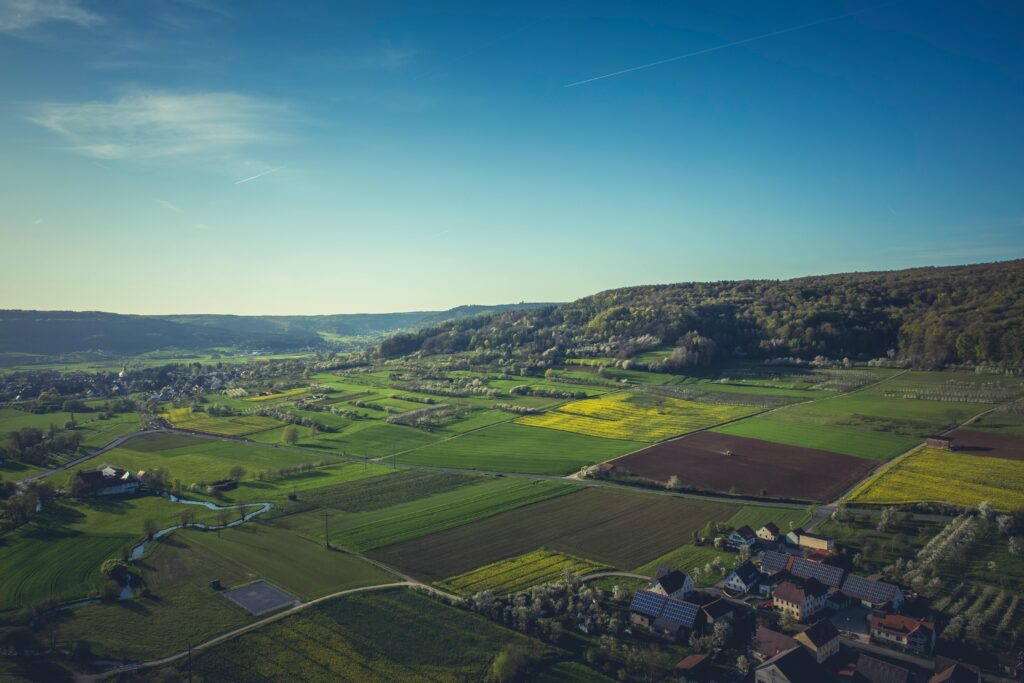
While studying property law at university, the idea of a ransom strip seemed rather novel. Someone owning a tiny strip of land that holds a huge development to ransom? Surely not!
In practice, the commercial reality is that ransom strips are common and often come up in land transactions. In this blog, I break down this somewhat contentious subject. What is it? Where does it come from? What can you do with it?
So, what is a ransom strip?
A ransom strip is a small piece of land that has been retained when a larger piece has been sold.
It will often appear on a search of the Land Registry Index Map as a thin section of land running along the boundary of a larger plot, in between private land parcels or between the private land and the public highway.
Does size really matter?
In practice the ransom strip need not be large. The width can be as narrow as 15 centimetres - but the existence of a ransom strip can be a significant problem for a developer and carry large profits for the owner of the strip.
Why are ransom strips retained?
The purpose of retaining a ransom strip is, generally, to make a profit on that land in future.
If the land next to the ransom is granted planning permission for development, it will not be developable without crossing or acquiring the ransom strip. The ransom must therefore be purchased for the development to go ahead.
The owner of the ransom strip finds themselves in a position where they can hold the development ‘to ransom’. Often charging a disproportionately high price for the strip - hence the name.
Should I retain a ransom strip when I sell my property?
Whenever you sell a large piece of land it may be advisable to retain a piece that could become a ransom strip later. This is worth considering even where the land is already built on.
The best ransom strips are the ones that will prevent access entirely to the development property.
Bear in mind that ransom strips don’t usually increase in value in the short-term. It could be years before you see a profit.
What should I do with my ransom strip in the meantime?
It is imperative that you do not allow yourself to lose ownership of the property by what is known as adverse possession, colloquially referred to as “squatters” rights.
This is a legal principle under which a person may acquire ownership based on continuous possession or occupation of the land without the permission of the legal owner.
Other rights, such as rights of way, can also be acquired by continuous use over a long period of time and can defeat the object of retaining a ransom strip.
Consider ways to prevent this. This could be via physical features like walls or fencing or something as simple as physically walking the boundary of the strip now and again for signs of occupation or use.
An experienced commercial property solicitor or land agent should be prepared to advise on the suitability of retaining a ransom strip in a land sale transaction. If you have questions about a ransom strip or any other property matter, please do not hesitate to get in touch on 01332 364436 and we will be happy to help.




